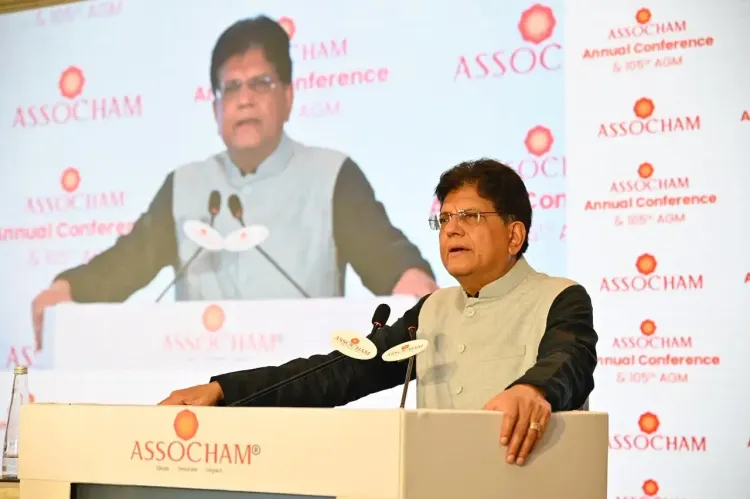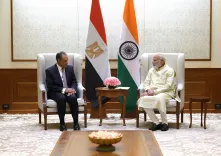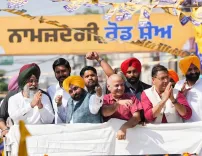Has India Transformed Trade Negotiations into a Position of Strength?

Synopsis
Key Takeaways
- India is negotiating trade agreements from a position of strength.
- Focus on balanced and mutually beneficial trade partnerships.
- Robust foreign exchange reserves at around $700 billion.
- Commitment to sustainability with 250 gigawatts of renewable energy capacity achieved.
- Projected clean energy capacity of 500 gigawatts by 2030.
New Delhi, Oct 17 (NationPress) The Minister of Commerce and Industry, Piyush Goyal, stated on Friday that India has experienced a remarkable transformation in recent years, enabling it to negotiate from a position of strength. This evolution reflects India's increasing economic confidence and its elevated global status regarding Free Trade Agreements (FTAs) and other trade deals.
While addressing the annual conference and the 105th general meeting of Assocham in New Delhi, Goyal emphasized that India is now primarily engaging with countries that do not pose competitive threats, ensuring that trade relationships are both balanced and mutually advantageous.
According to the minister, the era of entering into disproportionate free trade agreements without acknowledging India's strengths is over.
This strategic shift safeguards domestic industries, boosts exports, and fosters opportunities for investment and technological collaboration, while steering clear of agreements that could unjustly favor the other party at India's cost.
He also highlighted that India's foreign exchange reserves remain strong, hovering around $700 billion, showcasing the solid fundamentals of the Indian economy.
Goyal noted that the collective spirit of the Indian populace, businesses, and industries today is characterized by a new dynamism, enthusiasm, and confidence that was absent just a few years back.
He pointed out that the global community now acknowledges India as a vital trading ally and a reliable nation to partner with.
The minister remarked that the days of negotiating trade deals from a position of vulnerability are long gone, and the Indian passport now commands significant respect on the global stage.
He mentioned that despite the current global challenges, India continues to exhibit resilience, maintaining its status as the fastest-growing economy. He referenced the recent IMF forecast, which updated India's growth projection from 6.4 to 6.6 percent, and noted that retail inflation in September was at its lowest in eight years, recorded at 1.54 percent.
Goyal explained that the government has implemented measures to enhance India's appeal as a business destination through improved ease of doing business, decriminalization of laws, and simplification of compliance processes.
He affirmed India's full commitment to sustainability, having already achieved 250 gigawatts of renewable energy capacity, which constitutes 50 percent of the country’s transmission grid.
Goyal projected that by 2030, India aims to reach 500 gigawatts of clean energy capacity, establishing it as a premier destination for data centers and clean energy investments.









